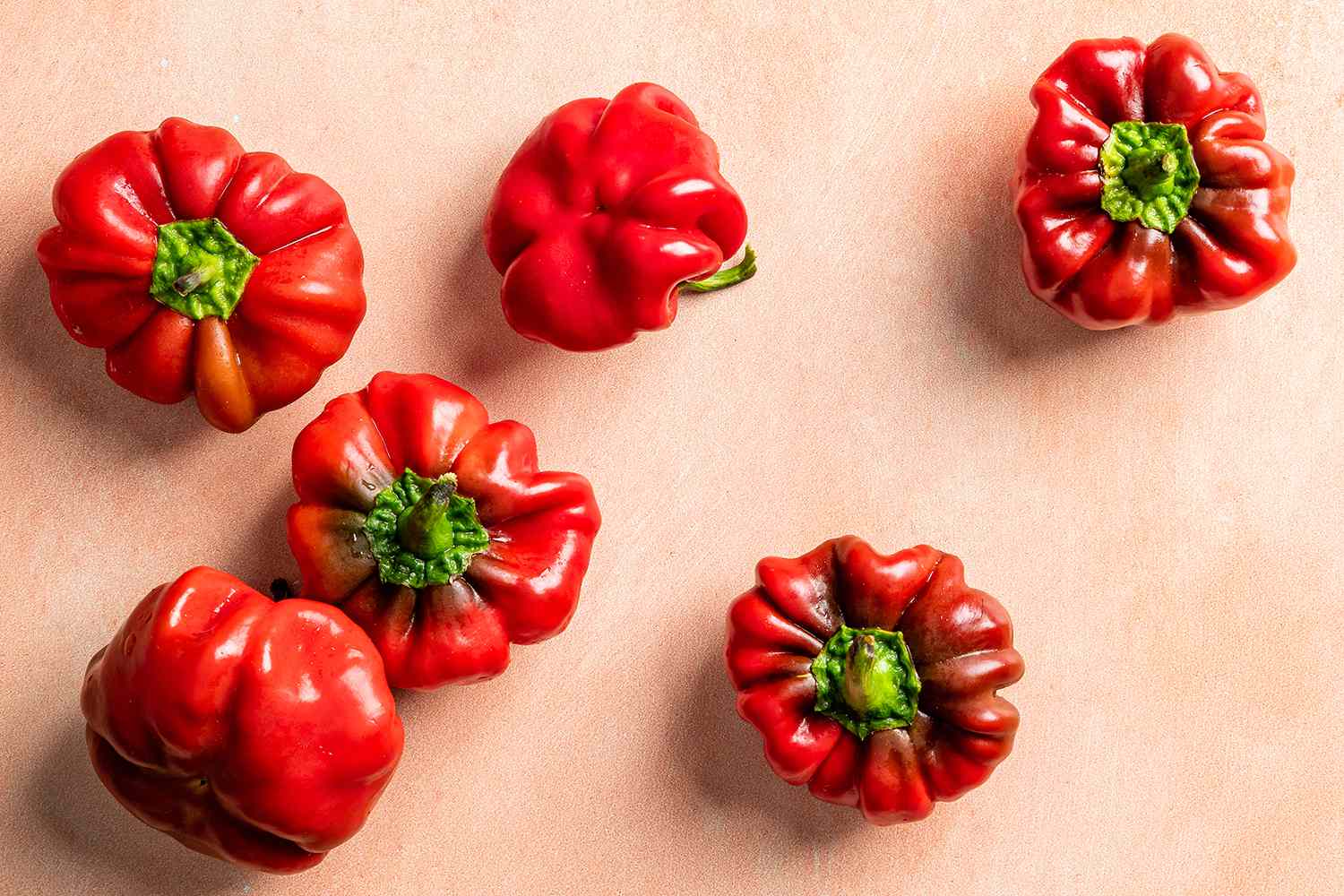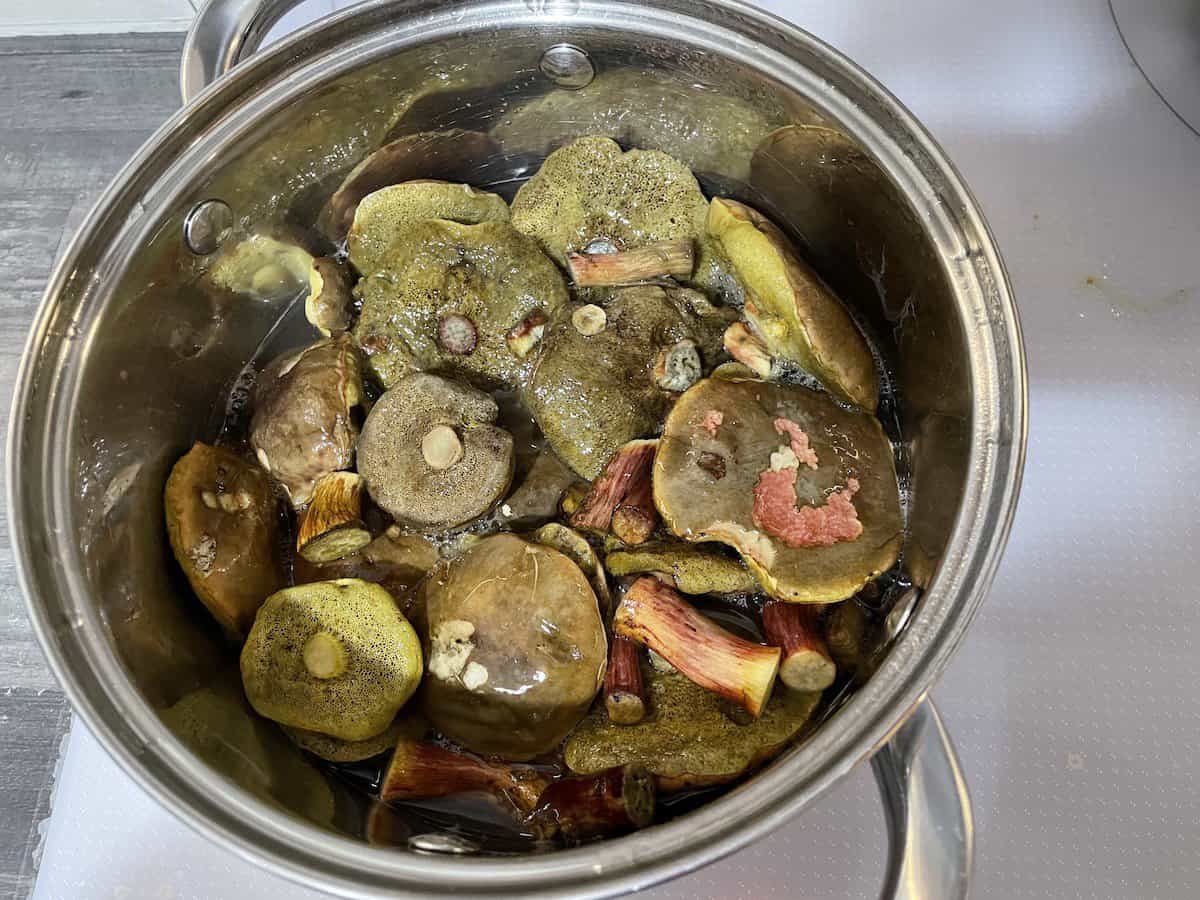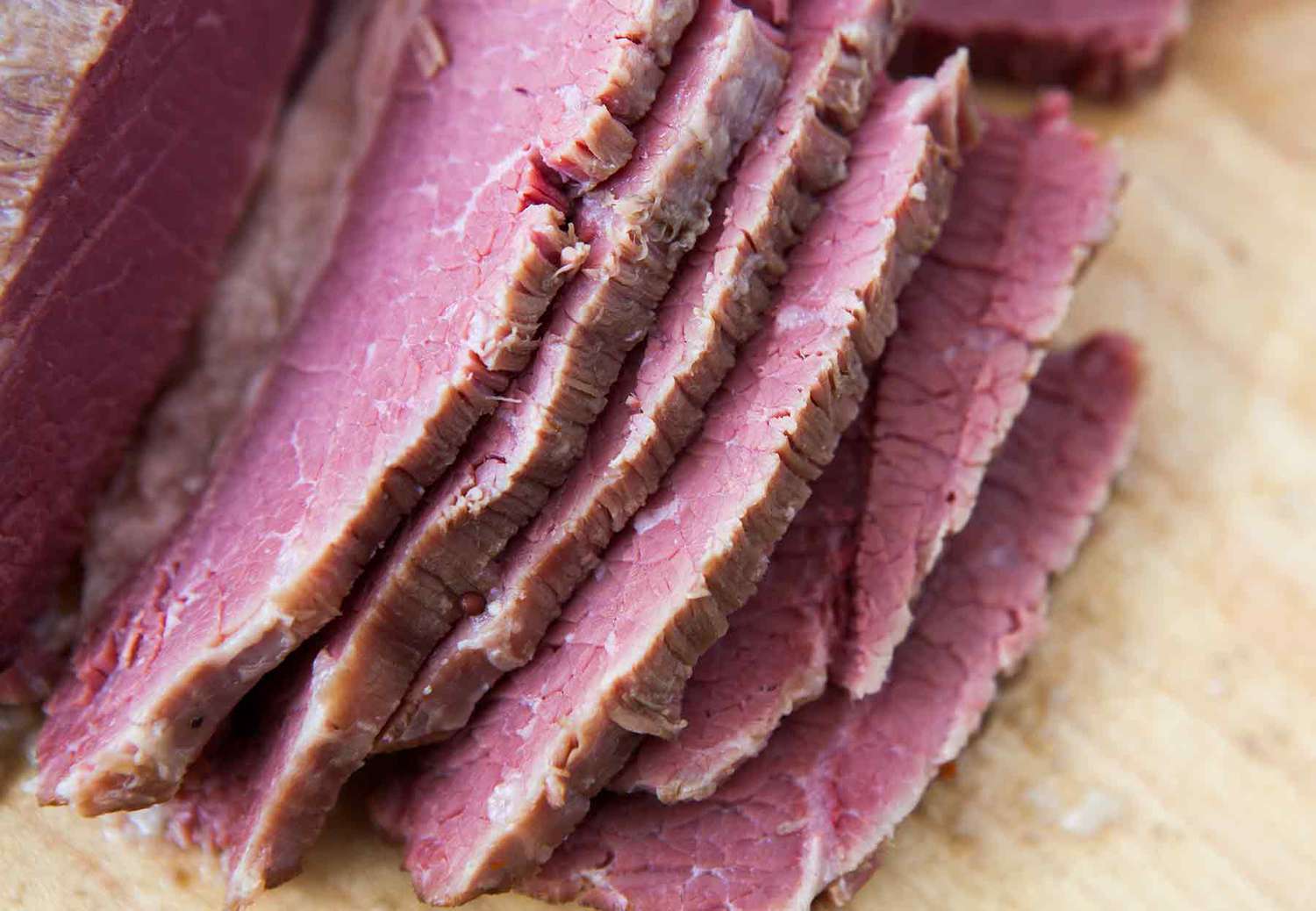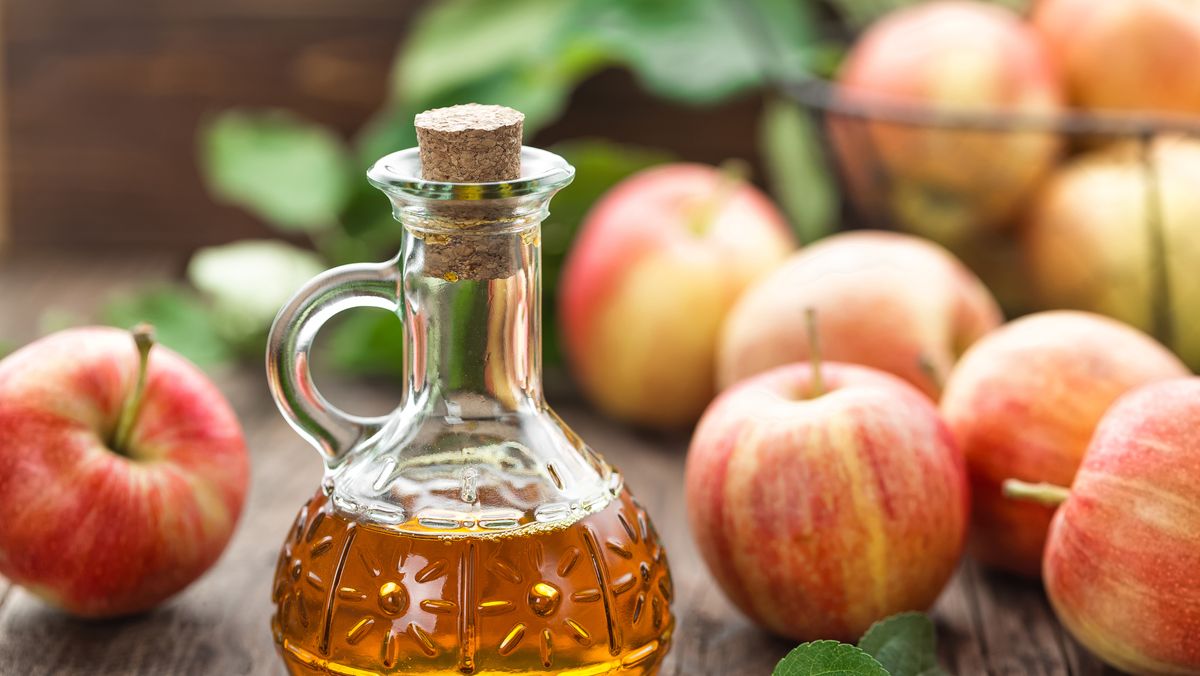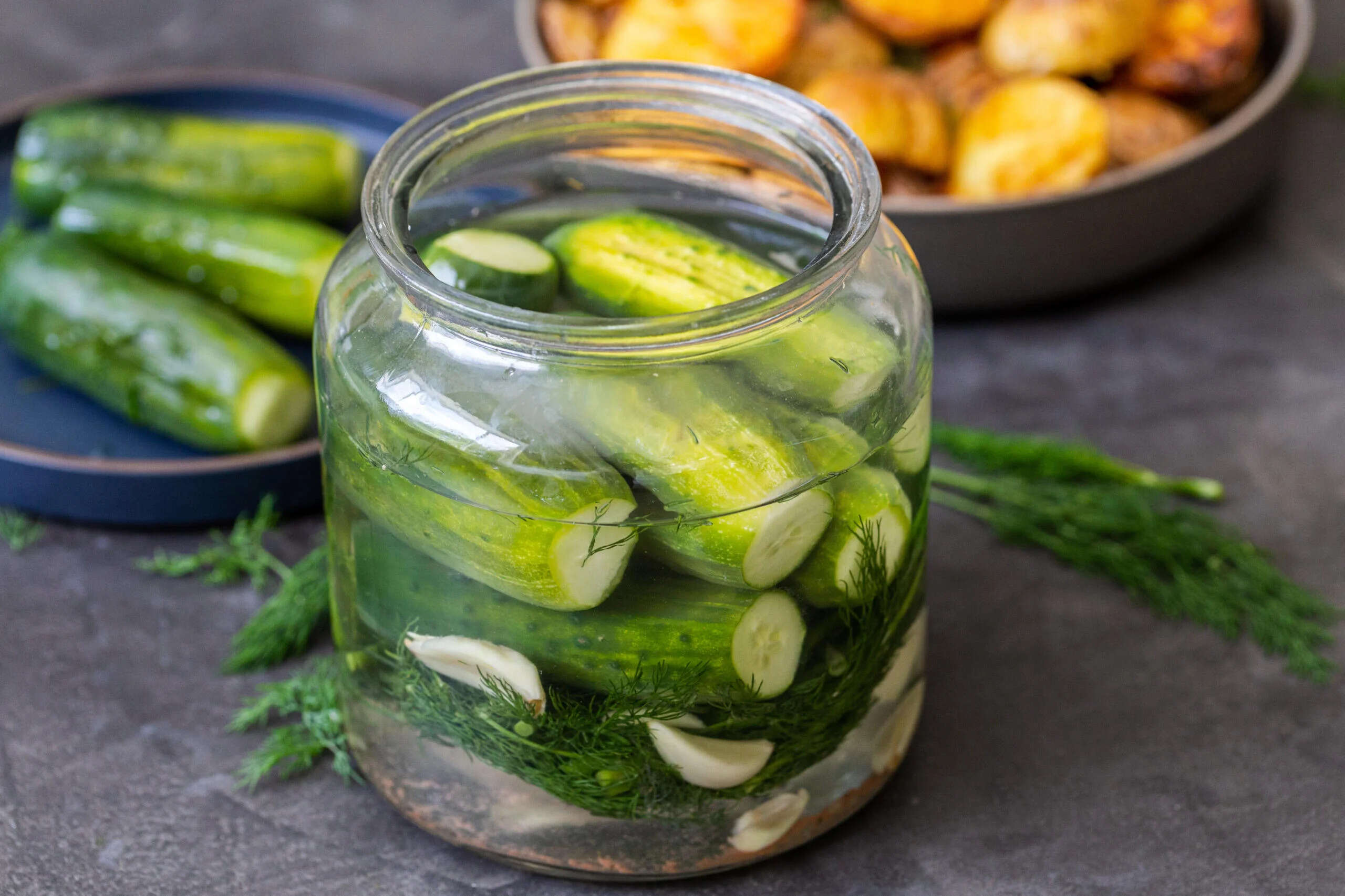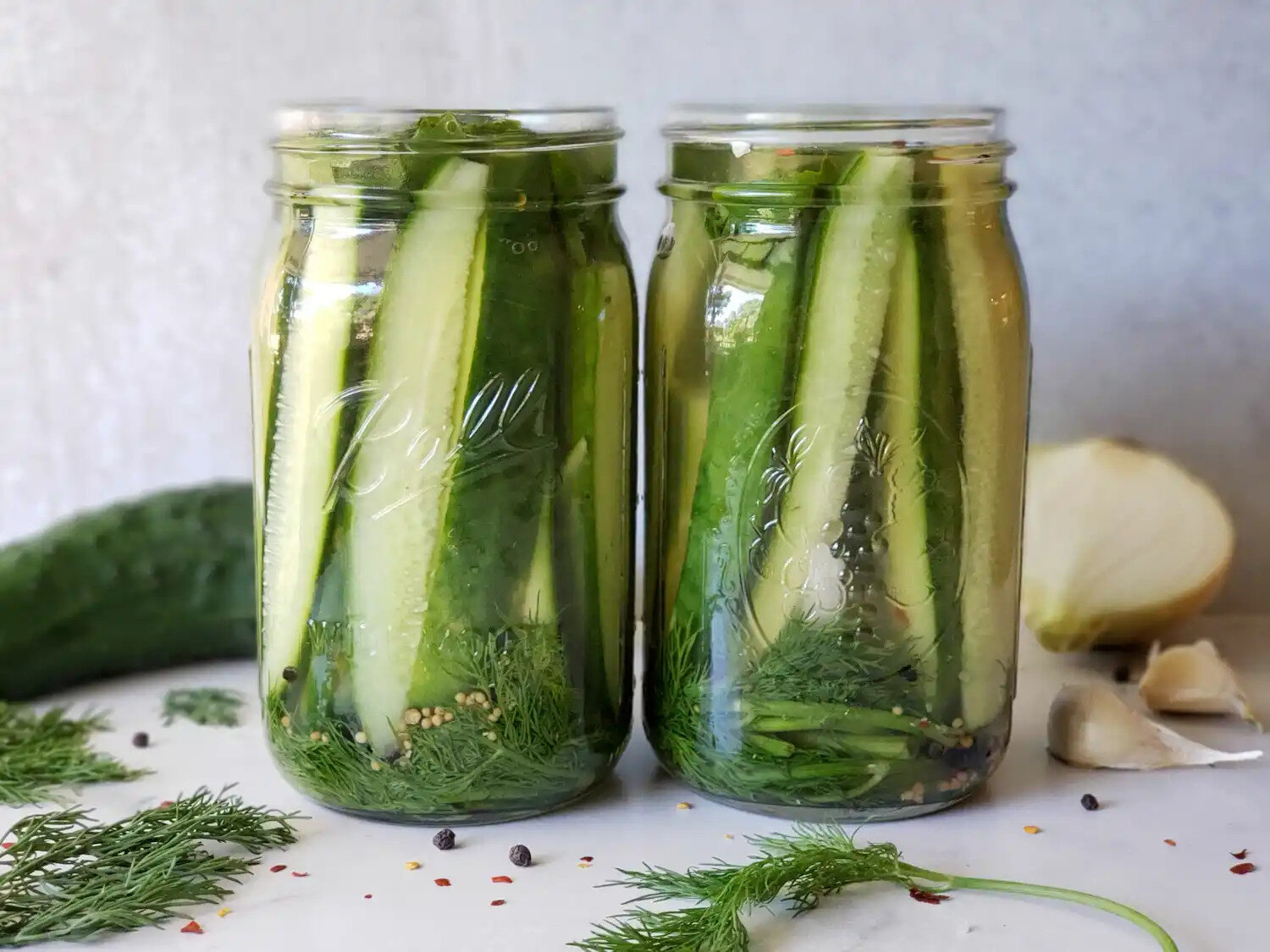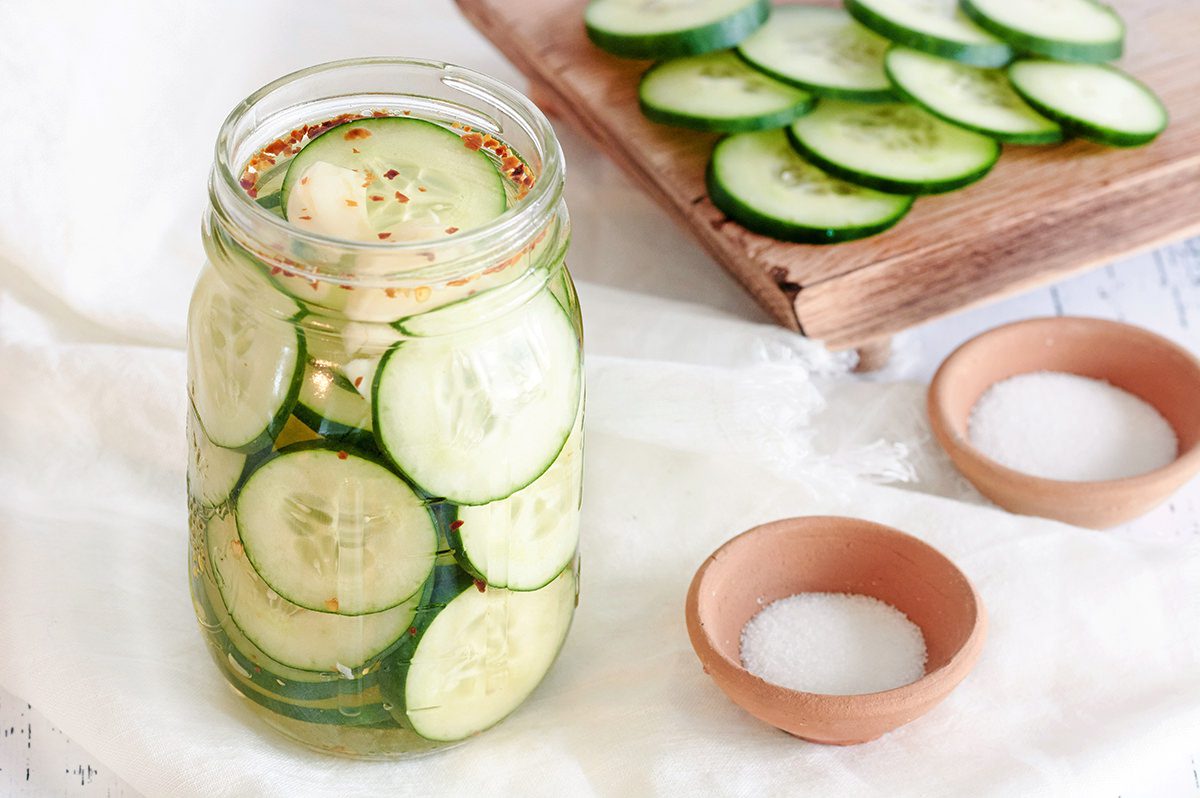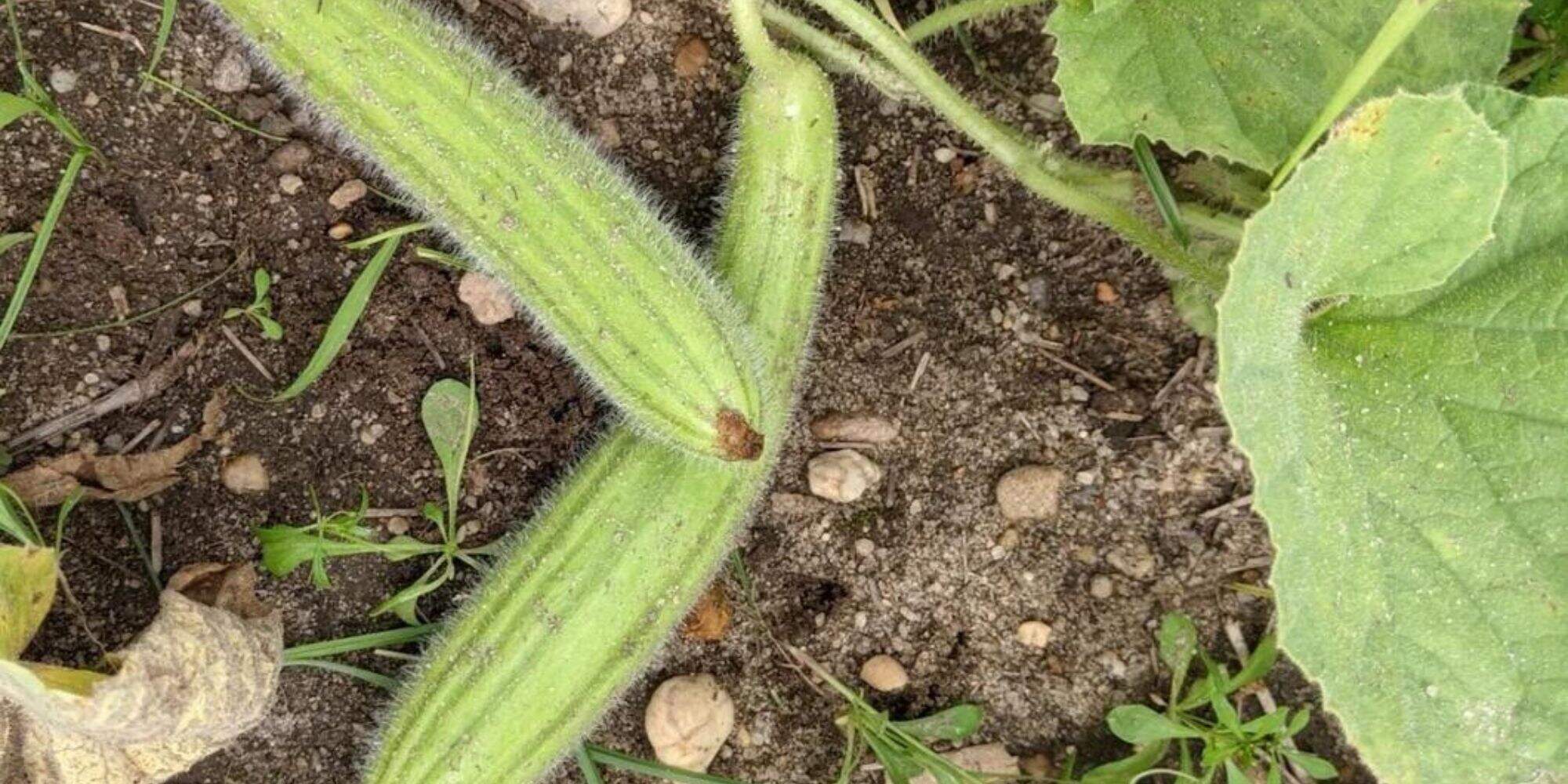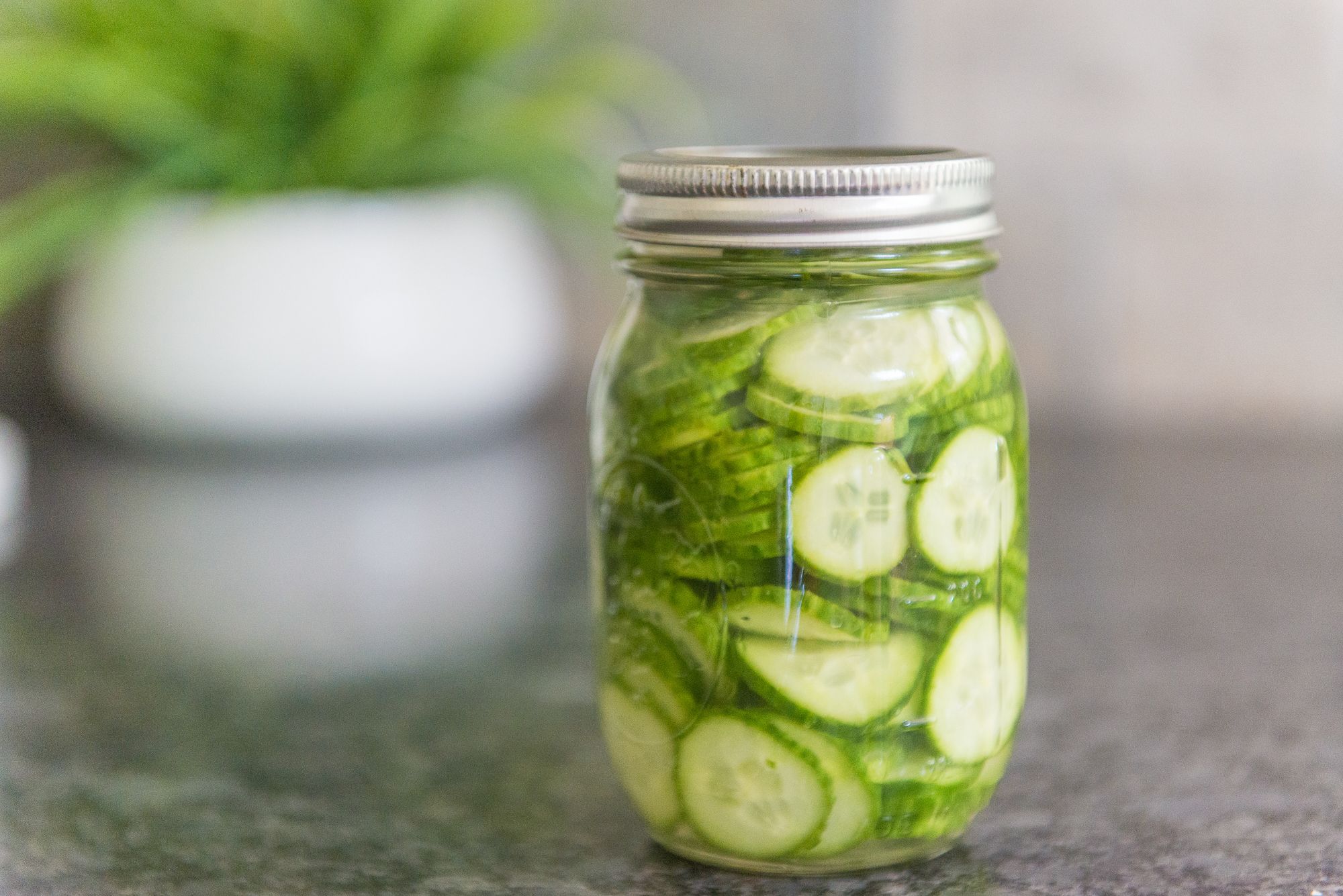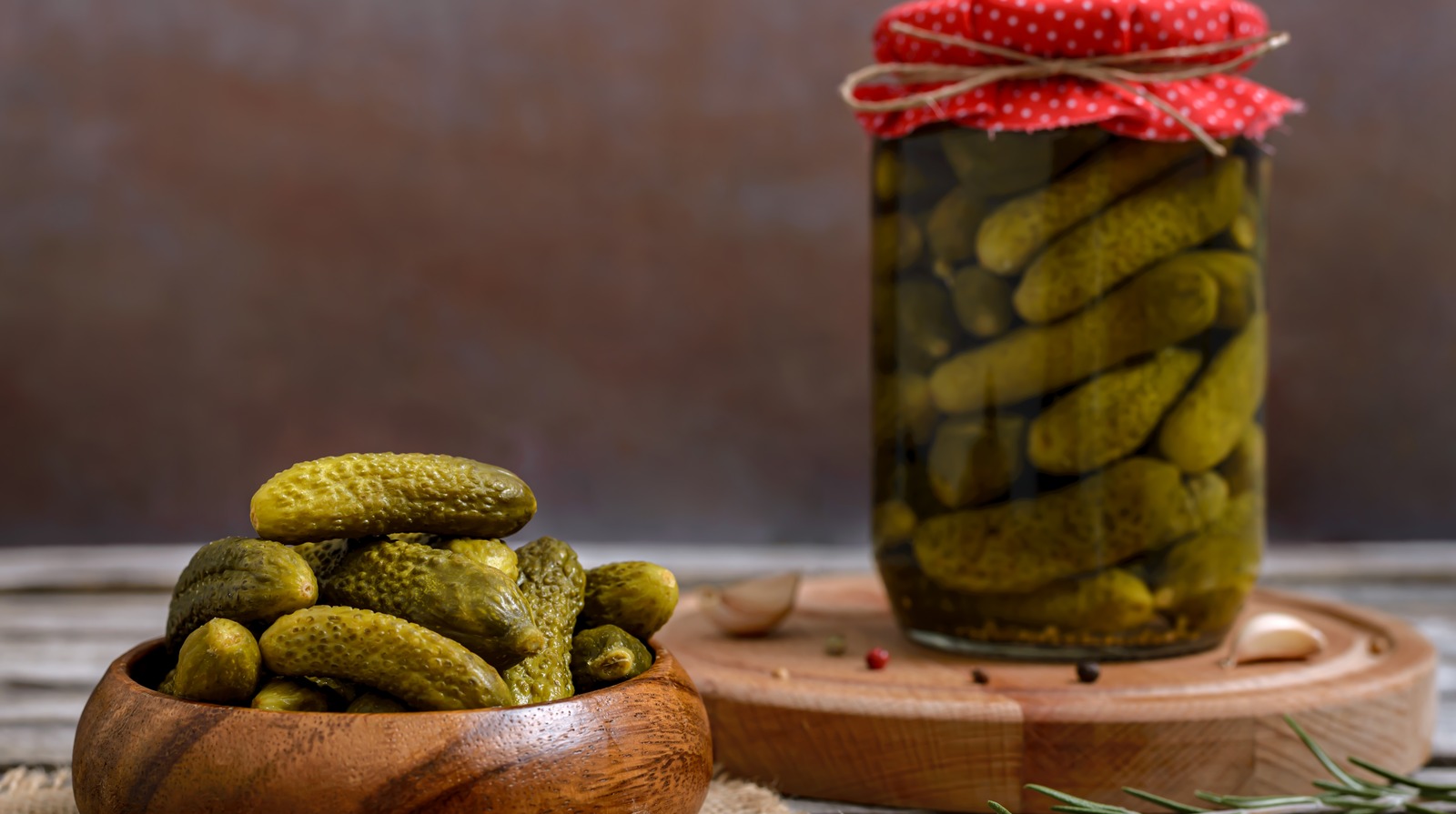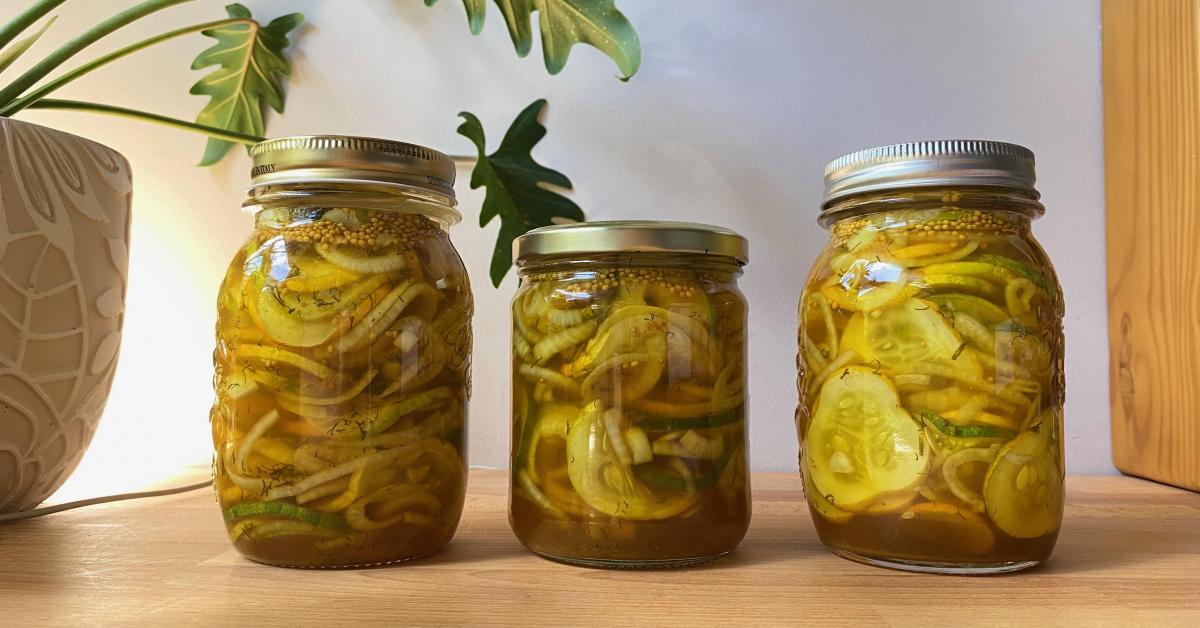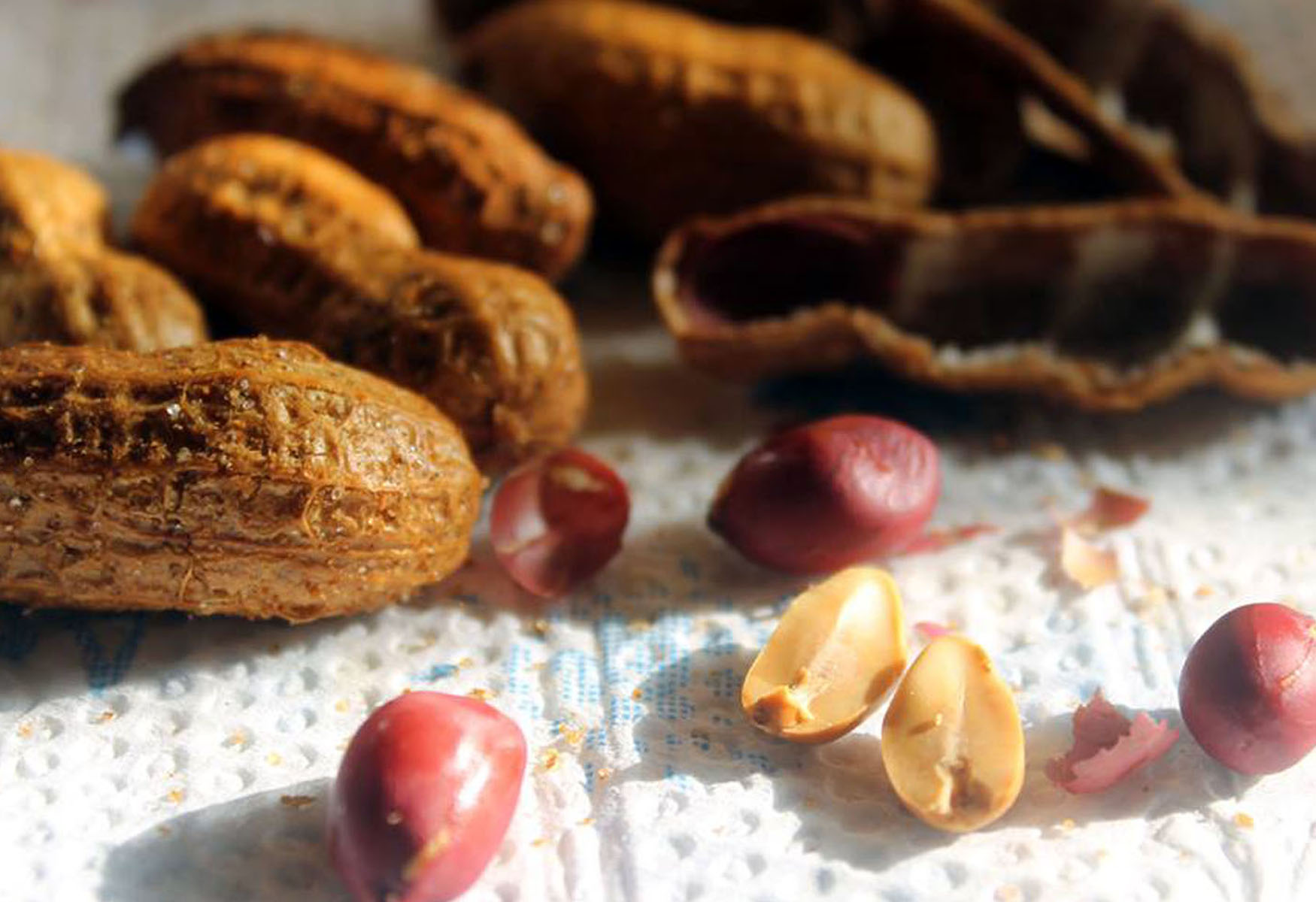Delicious and Easy Pickled Japanese Radish Recipe
Looking for a new and exciting way to enjoy the crisp and refreshing taste of Japanese radish? Pickling is a fantastic way to preserve and enhance the flavor of this versatile vegetable. With just a few simple ingredients and a little bit of time, you can create a delicious and tangy pickle that is perfect for adding a burst of flavor to your favorite dishes. In this article, we’ll walk you through a simple and easy pickled Japanese radish recipe that you can make at home.
Ingredients You’ll Need
Before you get started, gather the following ingredients:
- 2 Japanese radishes
- 1 cup rice vinegar
- 1/2 cup water
- 1/4 cup granulated sugar
- 1 tablespoon salt
- 1 teaspoon whole black peppercorns
- 1 teaspoon red pepper flakes
- 2 cloves garlic, smashed
Instructions
Follow these simple steps to pickle your Japanese radish:
- Start by washing and peeling the Japanese radishes. Slice them into thin rounds or julienne strips, depending on your preference.
- In a small saucepan, combine the rice vinegar, water, sugar, salt, peppercorns, red pepper flakes, and garlic. Bring the mixture to a simmer over medium heat, stirring occasionally until the sugar and salt are fully dissolved.
- Place the radish slices in a clean glass jar or container. Pour the hot vinegar mixture over the radishes, making sure they are completely submerged.
- Allow the pickled radishes to cool to room temperature, then cover the jar and refrigerate for at least 24 hours before serving. The longer the radishes sit in the pickling liquid, the more flavorful they will become.
Enjoy Your Pickled Japanese Radish
Once your pickled Japanese radish is ready, you can enjoy it in a variety of ways. Add it to salads, sandwiches, or rice bowls for a pop of tangy flavor. You can also serve it as a side dish or appetizer alongside your favorite Japanese-inspired meals. The possibilities are endless!
With this simple recipe, you can easily pickle Japanese radish at home and elevate your dishes with a burst of delicious flavor. Give it a try and impress your family and friends with your homemade pickled treats!
Readers can dive into the culinary adventure of pickling Japanese radish with a range of recipes to experiment with. For sushi enthusiasts, the Pickled Japanese Radish Sushi Rolls Recipe is a great place to start, combining the tangy radish with the rich flavors of sushi. Those who love a fresh twist on salads should try the Pickled Japanese Radish Salad Recipe or the Pickled Japanese Radish and Quinoa Salad Recipe for a nutritious and delicious meal. For a unique breakfast or brunch idea, the Pickled Japanese Radish and Avocado Toast Recipe offers a delightful combination of creamy avocado and crunchy pickled radish. If you're in the mood for a hearty sandwich, the Pickled Japanese Radish and Tuna Sandwich Recipe delivers a satisfying blend of flavors. Finally, for a sophisticated appetizer, the Pickled Japanese Radish and Smoked Salmon Bagel Recipe brings together smoky, creamy, and tangy elements for a truly gourmet experience. Each of these recipes highlights the versatility of pickled Japanese radish and allows readers to explore different culinary techniques and flavor combinations.
Was this page helpful?
Read Next: How To Pickle Radishes
